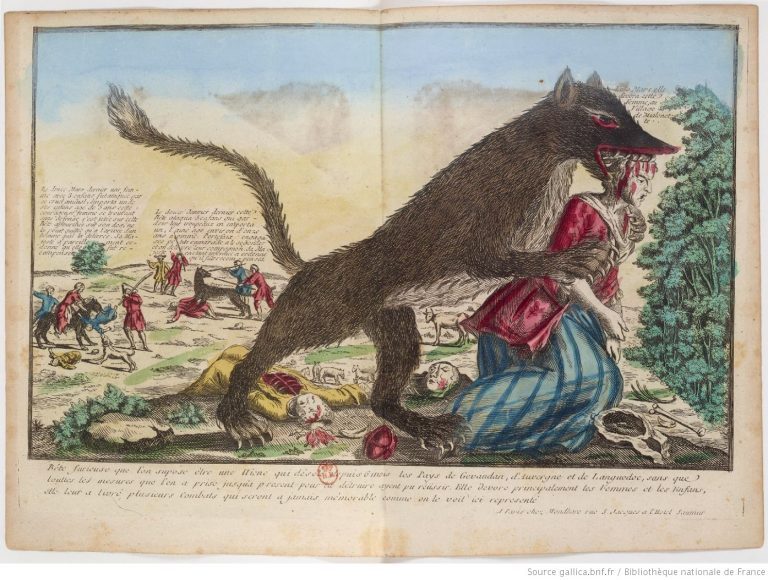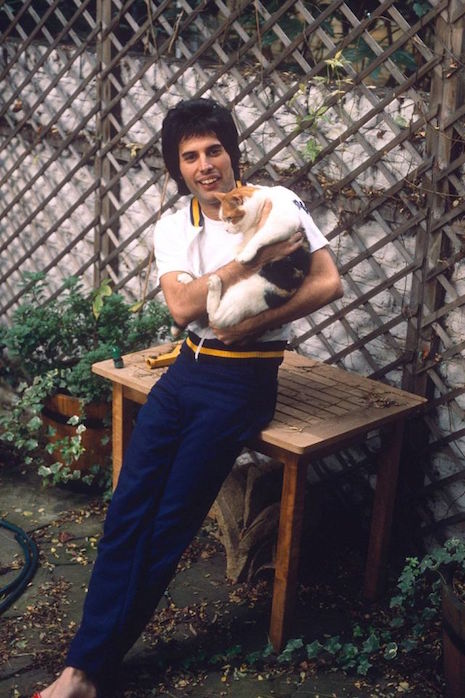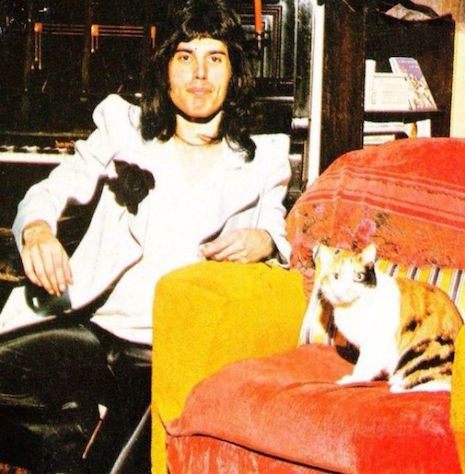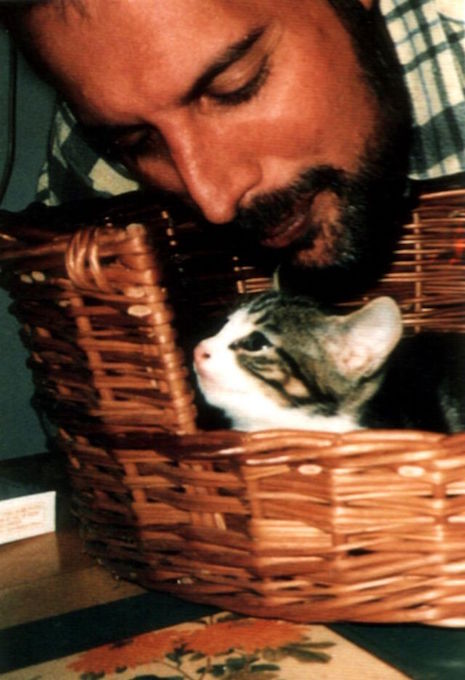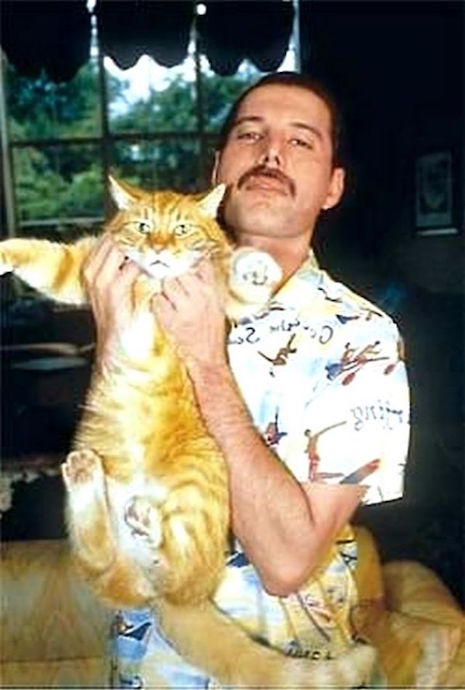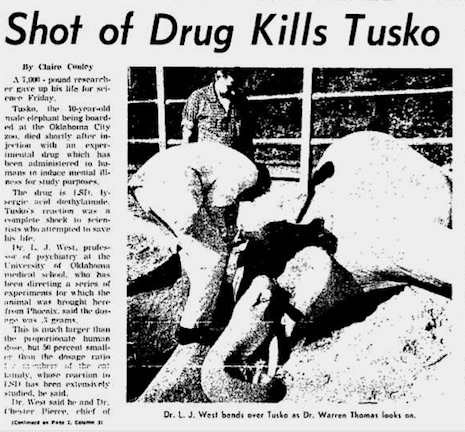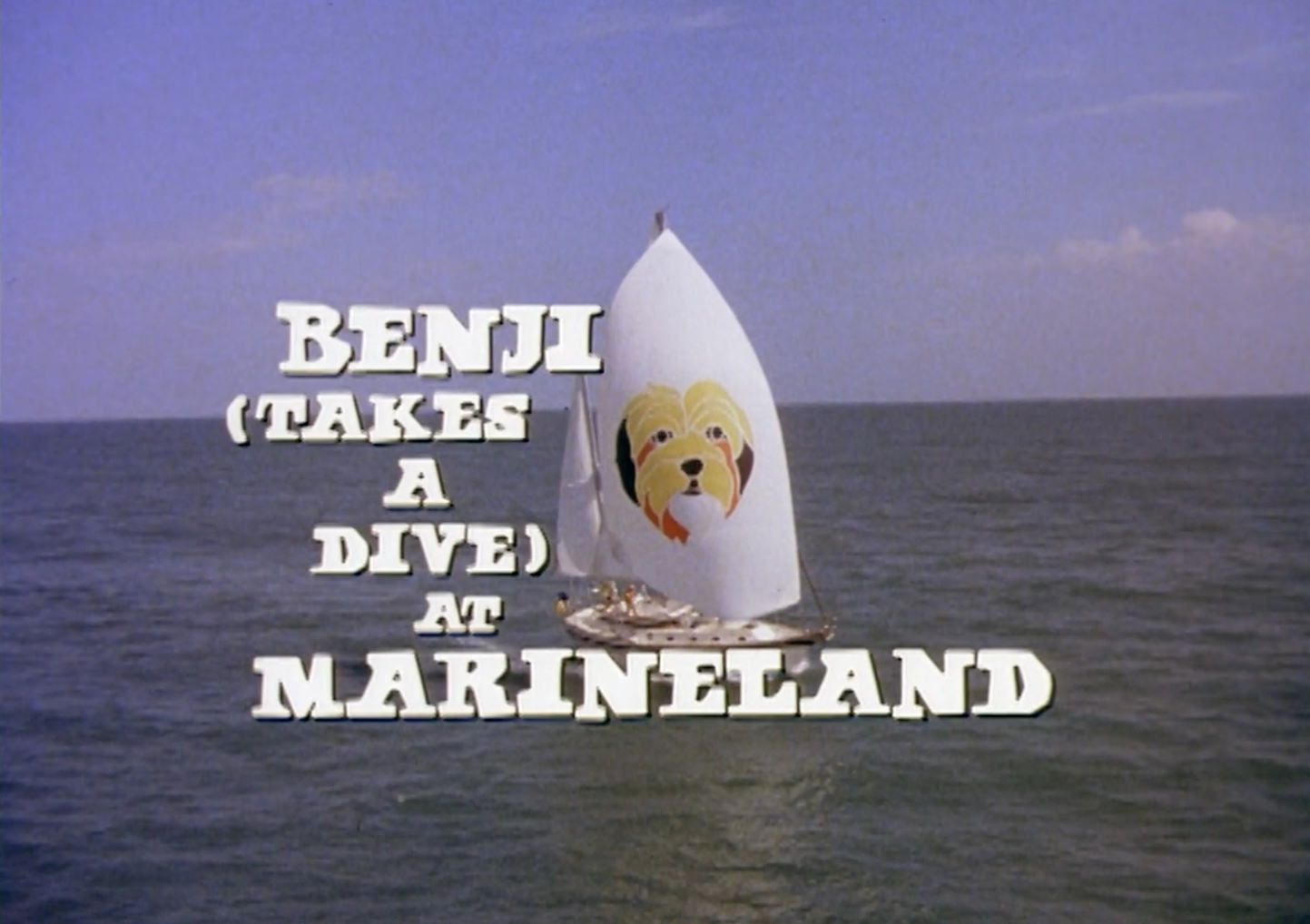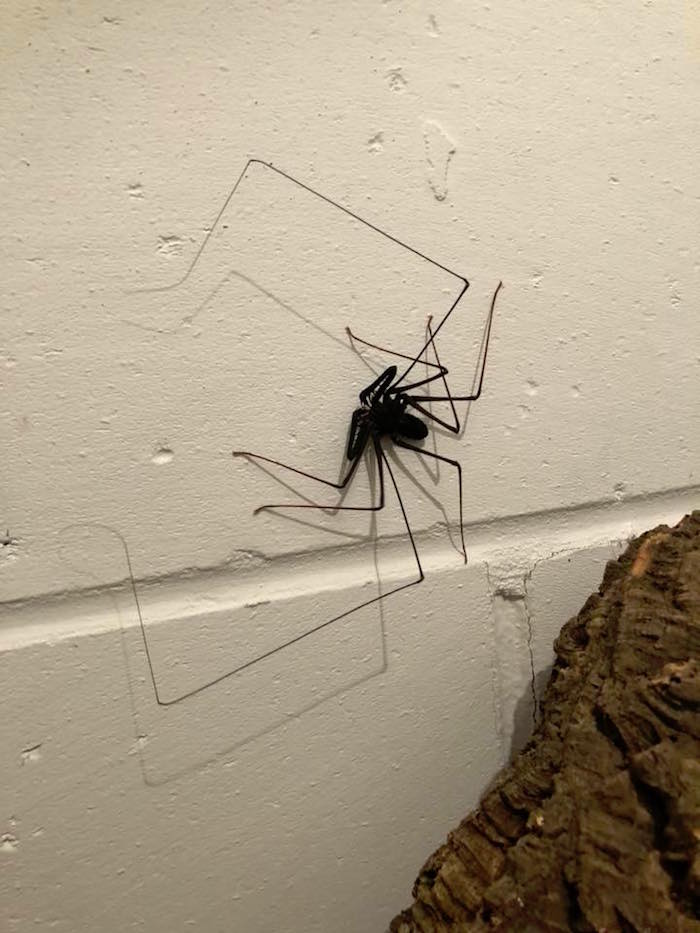
‘Feline Philosophy,’ out November 24 in US and Canada
“Epidemiology and microbiology are better guides to our future than any of our hopes or plans,” the philosopher John Gray wrote nearly 20 years ago in Straw Dogs: Thoughts on Humans and Other Animals. Anyone who entered 2020 with hopes and plans has seen these words vividly illustrated.
Gray’s work makes a strong case that our species is incorrigibly irrational, and it raises questions about humanist beliefs that should be particularly important for those of us on the political left to consider. Among his books are False Dawn: The Delusions of Global Capitalism, Black Mass: Apocalyptic Religion and the Death of Utopia, The Silence of Animals: On Progress and Other Modern Myths, and Seven Types of Atheism.
In his latest, Feline Philosophy, Gray pursues the deep interest in the nonhuman world that makes his critique of humanism so sharp in fang and claw. Through his reading of Montaigne, Pascal, the Stoics and Epicureans, and Spinoza, as well as literary writers from Dr. Johnson to Mary Gaitskill, Gray considers what cats have to teach us about philosophy and the good life. As I write this, the hardcover edition of the book is #15 on Amazon’s “New Releases in Philosophy” list and #1 in “New Releases in Cat Care.”
John Gray answered a few of my questions about cats by email in October.
_Justine_Stoddart465.jpg)
John Gray (photo by Justine Stoddart)
While Feline Philosophy returns to questions that will be familiar to readers of your work, it seems different in some ways from anything else you have published. How did you come to write this book?
I’ve been thinking of writing a book on cats for many years. I’ve always wondered what philosophy would be like if it wasn’t so human-centred. Among all the animals that have cohabited with humans cats resemble us least, so it seemed natural to ask what a feline philosophy would be like. My book is an attempt at answering this question, and tries to imagine how a feline creature equipped with powers of abstraction would think about death, ethics, the nature of love and the meaning of life.
The book is also an ode to cats, expressing my admiration for their life-affirming capacity for happiness and their courage in living their lives without distractions or consolations.
Do you live with cats? Have you always? Can you tell us about a particular cat you have known?
My wife and I lived with four cats over the past thirty years, two Burmese sisters and two Birman brothers. For some years they all lived contentedly together, until mortality began to take its toll on them. The last of them, Julian, died on Xmas Eve 2019 in his 23rd year. He was perhaps the most tranquil of all four, and even when old and a little frail seemed to enjoy every hour of his life.
The most companionable was Sophie, who passed away at the age of 13 around seventeen years ago. She was extraordinarily intelligent and extremely subtle in her insight into the human mind, and very loving.
Why don’t cats share humans’ concern with making the world a better place?
Because they are happy. Wanting to improve the world is a displacement of the impulse to improve yourself. But cats are not inwardly divided as humans tend to be, and don’t want to be anything other than what they already are, so the idea of improving the world doesn’t occur to them. If it did, I suspect they would dismiss it as an uninteresting fantasy.
Your writing often deals with distressing truths about human beings, such as their capacity for cruelty and self-delusion. It can be upsetting. But I read Feline Philosophy with a feeling of serenity, which I attribute to cats’ total incapacity for cruelty or self-delusion. Does contemplating cats provide you relief from thinking about human affairs?
Cats are a window looking out of the human world, so I suppose that’s one reason I love being with them. I think they also help me look at the human world as if from their eyes, with tranquil detachment and a certain incredulity.
Do you know of any works of art that plausibly represent the mental experience of cats, or any other nonhuman animals?
I don’t know of any art works that capture the mental experience of cats. Whether literary or visual, they would be very difficult to produce. There are some books that try to enter into the inner world of dogs, the best of which seems to me to be Sirius (1944) by the British science fiction writer Olaf Stapledon. Perhaps the most brilliant book I know that tries to enter into a nonhuman mind is the Polish writer Andrzej Zaniewski’s Rat (1994).
You suggest that cats’ independence arouses envy and hatred in the people who torture them. Is this a culturally specific diagnosis, or do you think all cat torturers share these motives?
By no means all unhappy people hate and envy cats, but I think pretty well all of those who do are unhappy. That seems to be a universal truth.
I was surprised to learn recently that one of my closest friends, who is a committed vegan and supporter of animal rights, is a cat-hater. When I asked him why, he talked about his love of birds. Can there be meaningful ethical standards for nonhuman animals’ behavior?
I can’t speculate as to why your friend feels as he does, but it may be the innocence with which cats kill and devour other living things that offends him. Perhaps he’d like the natural world to conform to human values, which for me would be a kind of Hell.
I’m not persuaded that it is the well-being of birds that he cares about. Birds are also innocent killers, after all. The British writer J.A. Baker, who in his shamanistic masterpiece The Peregrine (1967), described ten years of his life attempting to inhabit the life of a falcon, loved the bird partly because it lived according to its nature as a predator.
The Cynics took their name from Diogenes’ epithet, “the dog.” Why haven’t any philosophers styled themselves after cats?
That’s a very good question. I don’t know a good answer, but possibly philosophers suspect that cats don’t need them.
As a reader of your work, I am very happy to have finally gotten a list of tips for living well from you. Are there any prescriptive philosophies that have helped you conduct your own life?
No, I can’t think of any prescriptive philosophies that have influenced me. In the early Seventies I met Isaiah Berlin, and talked with him regularly until his death in 1997. His value-pluralist philosophy of competing and often incommensurable values strengthened my suspicion of any strongly prescriptive ethics. In recent years I’ve been more and more influenced by Montaigne, whose scepticism about philosophy as a guide to life appeals to me greatly.
My ten feline hints for living well are of course meant playfully, as examples of feline philosophy. But they might not do much harm if taken seriously.
Feline Philosophy, already out in the UK, will be published in the US and Canada on November 24.






